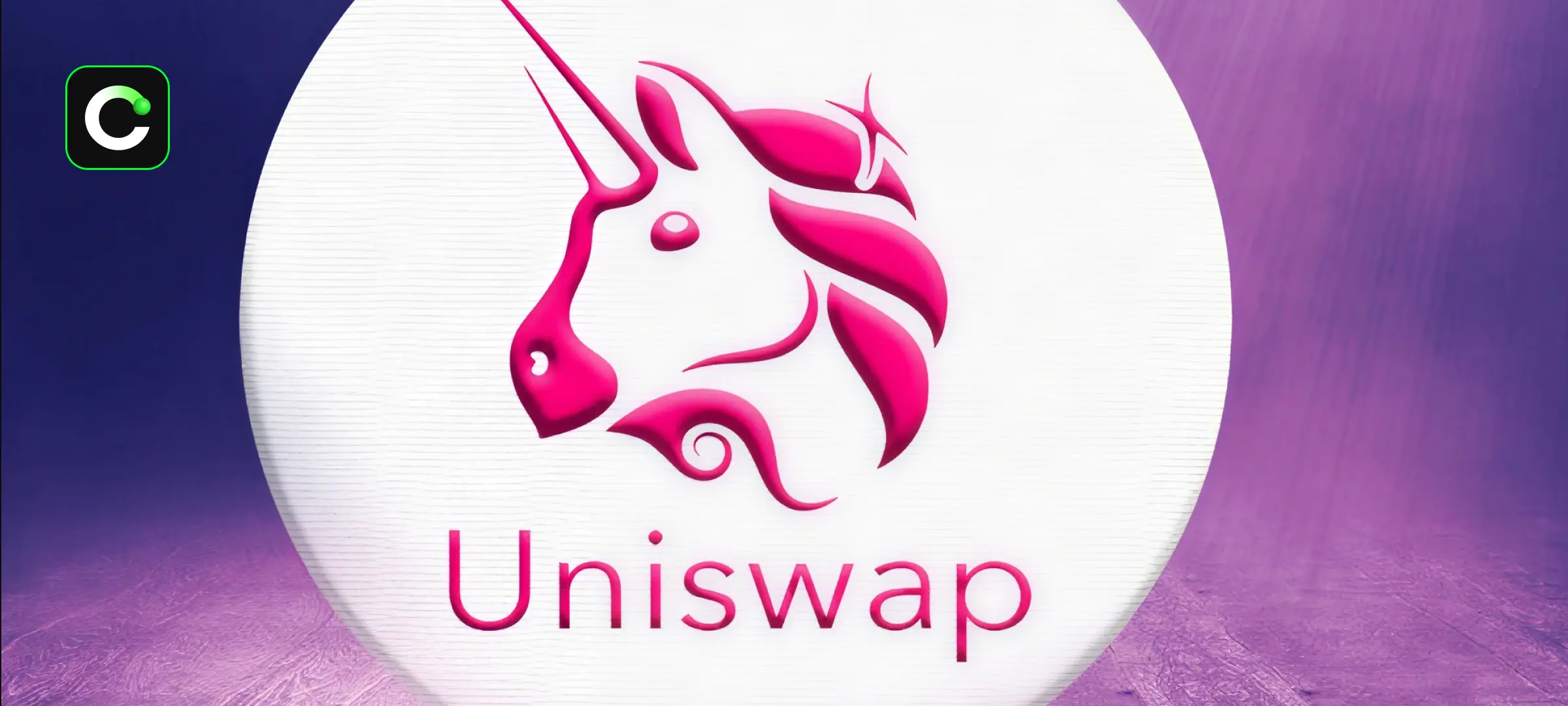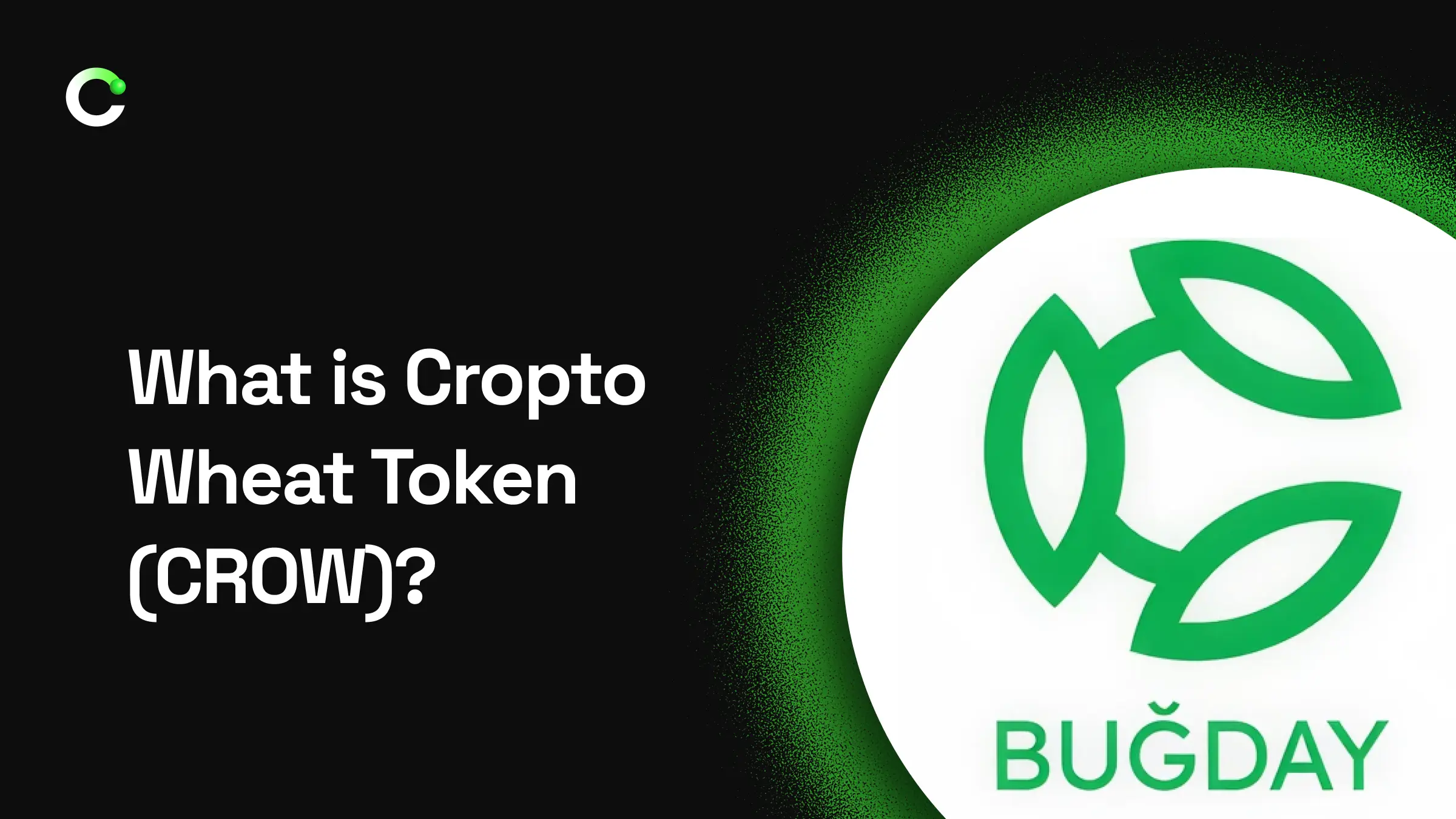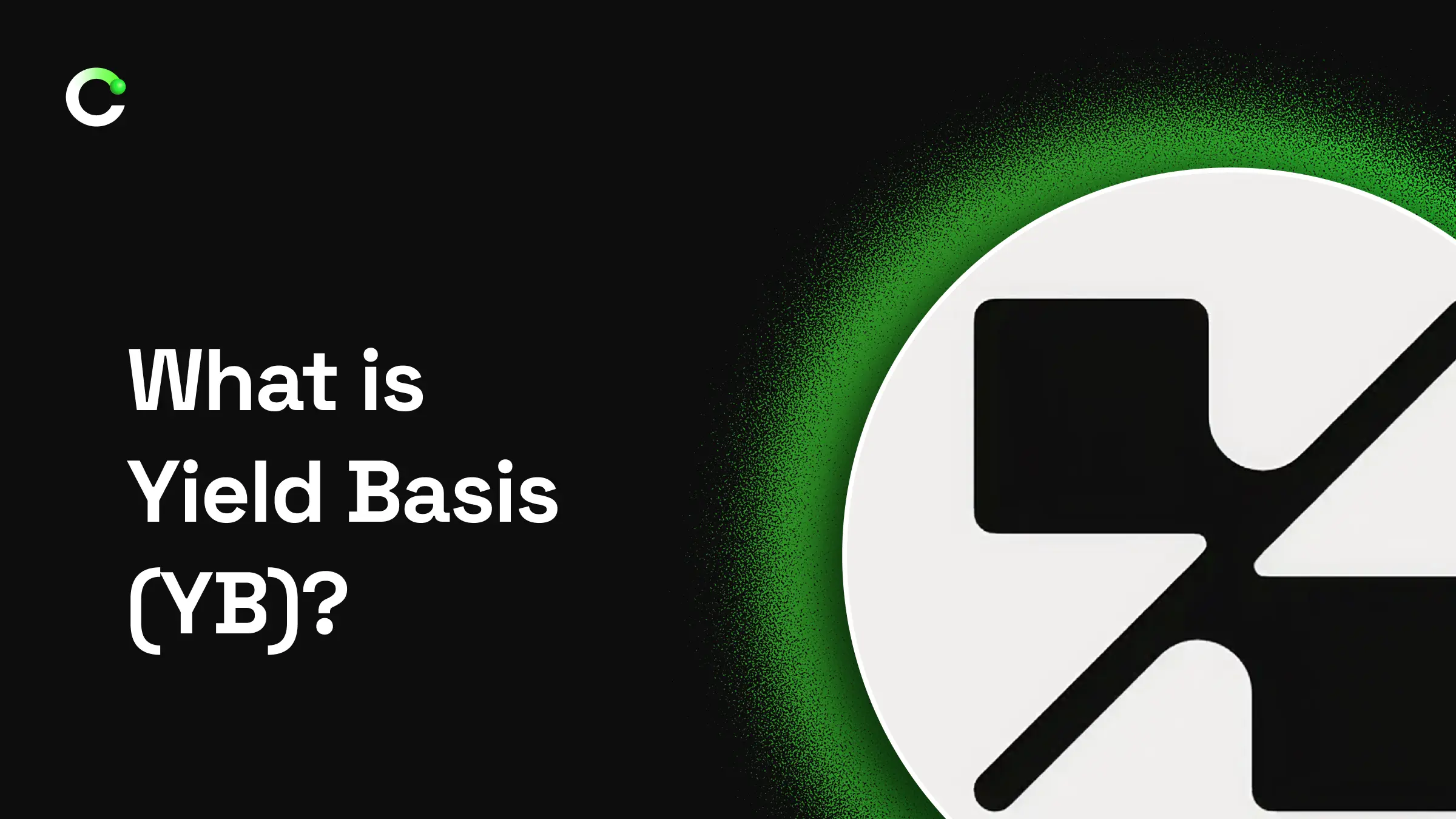What is Uniswap (UNI)? 

Cryptocurrency

Uniswap is an Ethereum-based decentralized finance (DeFi) protocol. Simply put, it allows users to buy and sell ERC-20-based tokens without the need for a central intermediary. In traditional exchange logic, a brokerage firm matches buyers and sellers to facilitate transactions. However, Uniswap completely eliminates this system, enabling transactions to occur directly between users.
Unlike traditional exchanges, it does not use an
order book. Instead, it operates with a model called the
Automated Market Maker (AMM). In this system, prices are automatically determined based on the ratio of tokens in the liquidity pools within the system.
Uniswap is one of the pioneers of decentralized exchange (DEX) technology. Users can connect their crypto wallets and trade directly without the need for any intermediary. This allows users to retain full control of their assets. In addition, users can provide liquidity to the protocol and earn a share of the transaction fees, which gives them the opportunity to earn passive income.
How Does Uniswap (UNI) Work?
The Uniswap protocol operates through smart contracts running on Ethereum. Users can make direct swaps between two different
ERC-20 tokens. The system does not perform a traditional buy-sell match; instead, it uses
liquidity pools containing tokens.
Each token pair has its own liquidity pool, consisting of tokens provided by users. During a swap, the system automatically executes the transaction by looking at the ratio of tokens in the pool. The price is also determined based on this ratio.
Uniswap’s fundamental formula is quite simple:
x * y = k. Here,
x and
y represent the quantities of two tokens in the pool, while
k is a constant value.
When users make token swaps, they pay a small transaction fee. This fee is distributed to the users who provide liquidity to the pools. This ensures that the system remains sustainable and that liquidity providers are incentivized.
How Does Uniswap Operate?

Uniswap’s working principle differs from that of traditional exchanges. There is no order book or intermediary institution. Tokens are added directly to liquidity pools. Users can buy or sell the tokens they want from these pools. Transactions are executed entirely through smart contracts.
As
tokens are bought and sold, the token balance in the pool changes. This change automatically affects token prices within the system. The relationship between supply and demand in this model is based on an algorithmic balance. Thus, users can trade at a fair market value without manually tracking price updates.
Another advantage of Uniswap is its transparency. All transactions are recorded on the
Ethereum blockchain and can be viewed by anyone. This increases user security and system integrity.
Who Founded Uniswap?
The Uniswap protocol was developed in 2018 by software engineer
Hayden Adams. Adams was inspired by the AMM model proposed by
Vitalik Buterin. With the strong support of the Ethereum community, Uniswap quickly became one of the core building blocks of the
DeFi ecosystem.
The project continues to grow thanks to contributions from global developer communities, as its open-source structure allows for continuous improvement. Ongoing technical developments led by
Uniswap Labs make the protocol more efficient and user-friendly.
What Makes Uniswap Unique?
Several features distinguish Uniswap from other decentralized exchanges:
-
Full Decentralization: No registration is required; you can simply connect your wallet to trade.
-
Fast Transactions: Token swaps occur instantly without waiting for order matching.
-
Community Participation: Anyone can provide liquidity and earn rewards.
-
Transparency: All transactions are visible on blockchain.
This community-driven structure has made Uniswap a leading protocol in the DeFi sector.
What Gives Uniswap Its Value?
The main factors that add value to Uniswap are:
-
User-Friendly Interface: Its simple and clear design allows even users with limited technical knowledge to trade easily.
-
Robust Infrastructure: The system, powered by Ethereum’s smart contract support, is highly secure.
-
Developer-Friendly Environment: New projects can launch their tokens easily through Uniswap.
-
Transparency and Accessibility: The platform is open to everyone, and all transactions are fully transparent.
Thanks to these advantages, Uniswap is not only a swap platform but also a technology contributing to the growth of the crypto ecosystem.
How Much Uniswap (UNI) Is in Circulation?
The total supply of UNI tokens is
1 billion. These tokens are distributed to community members, liquidity providers, and developer teams according to a specific plan.
Currently, approximately
600 million UNI are in circulation. The remaining tokens are gradually released according to a schedule. This system prevents sudden supply shocks and helps maintain the token’s value.
How Is the Uniswap Network Kept Secure?
Uniswap utilizes the strong security infrastructure of the Ethereum network. Its
smart contracts are
open source and regularly audited by independent firms, ensuring potential vulnerabilities are identified early.
However, users must remain cautious:
-
Always verify token contract addresses before trading.
-
Avoid fake or malicious token projects.
Only interact with
verified token addresses when trading on Uniswap.
What Is the UNI Token?
UNI is the official
governance token of the Uniswap protocol. It is not merely an investment asset but also a means of participating in the platform’s decision-making processes.
UNI holders can:
-
Vote on proposals regarding transaction fees, liquidity incentives, or protocol updates.
-
Influence decisions on how the community treasury is used.
This structure forms the foundation of Uniswap’s
decentralized governance model.
Additionally, UNI can be used as
collateral in various DeFi platforms and staked to earn passive rewards. These utilities tie UNI’s value not only to its market price but also to its functional role within the ecosystem.
How Is UNI Token Mining Done?
UNI token production differs from traditional cryptocurrency mining. While Bitcoin uses the
Proof of Work (PoW) model, UNI is distributed through a system known as
liquidity mining.
What Is Liquidity Mining?
Liquidity mining allows users to earn UNI tokens by contributing liquidity to certain token pairs. For example, if a user provides tokens to a pool such as
ETH/USDC, they receive UNI rewards proportional to their contribution. This model increases liquidity on the platform and incentivizes active participation.
Info: The Uniswap protocol launched its first liquidity mining program in 2020. These reward programs are periodically updated and determined by community voting.
How Does the System Work?
Each token pair has its own liquidity pool. When users add tokens, they receive
LP (Liquidity Provider) tokens representing their share of the pool. As transactions occur, the accumulated fees are distributed proportionally among liquidity providers.
Additionally, UNI rewards may be issued during specific community-approved periods. This mechanism ensures both user participation and system sustainability — a balance that lies at the heart of Uniswap’s success.
Advantages
-
Passive Income: As long as tokens remain in the pool, providers earn a share of fees and UNI rewards.
-
Low Entry Barrier: No hardware investment is required; a crypto wallet and supported tokens are enough.
-
Governance Participation: Earning UNI allows users to take part in protocol decisions.
-
Ecosystem Strength: Higher liquidity means more stable and efficient markets.
Risks
Like any investment method, liquidity mining carries risks. The most notable is
impermanent loss, which occurs when token price ratios shift, reducing the overall value upon withdrawal. Users should only contribute to
verified pools, as unverified or fake pools may result in irreversible losses.
Security and Transparency
All Uniswap smart contracts are open-source and auditable by anyone. Independent security firms conduct regular audits to detect potential vulnerabilities, ensuring users can provide liquidity with confidence.
In conclusion: Liquidity mining is the
economic backbone of the Uniswap protocol. It strengthens liquidity, rewards participation, and fosters community engagement. With its accessibility, transparency, and passive income potential, Uniswap’s liquidity mining remains one of the most widely adopted models in the DeFi world.
How to Buy Uniswap (UNI)?
Buying UNI on
CoinTR is quick and easy. You can use either
Spot Trading or the
Quick Buy/Sell feature.
-
Register on CoinTR.
-
Deposit Turkish Lira (TRY).
-
Enter the desired amount and confirm your purchase.
Once completed, your UNI tokens will appear in your CoinTR wallet. The Quick Buy/Sell feature also lets you complete transactions within minutes.
Uniswap Coin Analysis

Uniswap is one of the leading projects in the decentralized finance (DeFi) ecosystem. Its user-friendly interface, secure trading structure, and Ethereum-based AMM model have attracted a broad user base. These features have made Uniswap popular among both individual and institutional users.
Market opinions on the Uniswap token are generally positive. The protocol’s open-source structure and ongoing updates (such as Uniswap V3 and V4) are viewed as improvements that enhance user experience. However, overall volatility in the DeFi market can lead to short-term fluctuations in UNI’s price.
In summary, Uniswap is more than just a token swap platform — it offers a strong infrastructure that contributes significantly to the decentralized finance ecosystem. Its secure and transparent user experience positions Uniswap as a stable player in the sector.
Uniswap Coin Future
Uniswap’s innovative approach in the DeFi space positions it as a project likely to maintain its importance in the coming years. Its decentralized structure, ongoing technological development, and community-based governance model support the long-term sustainability of the UNI token.
Developer-led updates aim to reduce transaction costs and improve efficiency, further strengthening Uniswap’s position in the DeFi sector. The platform’s ability to preserve its innovative nature and user trust will be crucial for its continued success.
If Uniswap maintains its community engagement and technological evolution, it is expected to remain among the leading projects shaping the future of decentralized finance.
Legal Notice
The information, comments, and evaluations contained in this content do not constitute investment advice. This content is not intended to be prescriptive in any way and is intended to provide general information. It does not constitute investment advice. CoinTR cannot be held responsible for any transactions made based on this information or any losses that may arise.
Recommended
- CryptocurrencyWhat is Cropto Wheat Token (CROW)? Cropto Wheat Token (CROW) is one of the innovative digital assets created by transferring agricultural products into the digital environment using blockchain technology. CROW, one of the agriculture-based token models developed by Cropto, offers a physically backed digital asset structure by representing 1 kilogram of real wheat per token. In this way, users can access information about agricultural products through a blockchain-based transparent model. All wheat is stored under control in lic
2025-11-14
- CryptocurrencyWhat is Yield Basis (YB)? YieldBasis (YB) is a DeFi platform that enables users to earn income from transaction fees by providing their Bitcoin assets to automated market maker (AMM) pools. Its most notable feature is that it eliminates the risk of impermanent loss, which is commonly encountered in traditional liquidity pools. What is YB Coin? YieldBasis stands out as an innovative platform that evaluates Bitcoin liquidity in the BTC/crvUSD pool. Users who deposit BTC into the system receive ybBTC tokens in return. This
2025-11-14
- CryptocurrencyWhat is Orderly (ORDER)? Orderly offers a comprehensive trading infrastructure designed for decentralised exchanges (DEX). It combines the order book model and high liquidity advantages of the traditional financial world with a fully on-chain, decentralised structure. Rather than having its own user interface, it acts as a robust infrastructure layer that projects can build directly upon. This enables developers to quickly create their own trading platforms, saving both time and money. In the long term, Orderly aims to
2025-11-14


